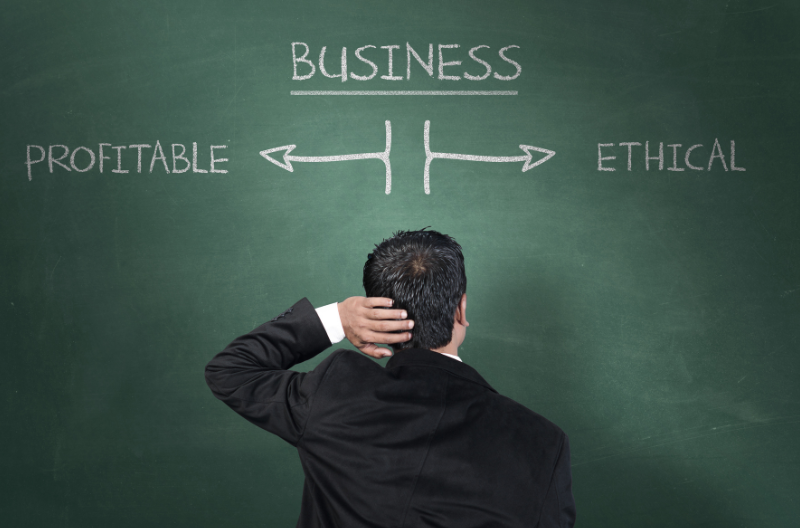Insights / thought leadership
How social infrastructure can save the day
By renae hanvin
July 24 2023

When disasters and disruptions strike, its social infrastructure – the spaces and places that help build and maintain social ties and trust – that lessens the impact of shocks and helps communities to recover, according to Professor Daniel Aldrich.
“Communities that invest in, and have better access to, community spaces, parks, places of worship and social businesses are more resilient to shocks,” Daniel said.
At our EMV Masterclass earlier this year, Daniel took the audience through a detailed presentation, demonstrating how societies fall back on building and rebuilding physical infrastructure while overlooking the effectiveness of social infrastructure.
Social businesses, community spaces, parks, and places of worships are underappreciated for their ability to build bridging social infrastructure

Professor Daniel P. Aldrich
Global expert in social capital and social infrastructure
“And we know communities with better access to these gathering places have greater resilience to shocks, but we continue to undervalue and underinvest in these facilities.”
So if we know social infrastructure strengthens community connections and helps drive economic and population recovery, why aren’t we funding it as part of our resilience approach in Australia?
Business people are a key and often overlooked part of the social infrastructure of a community and have unique knowledge of people, resources and connections that can be useful in an emergency situation.
One of our Resilient Ready case studies, Fiona Jago, from Western KI Caravan Park, used social infrastructure to great advantage in shepherding 250 people to safety during the 2019-20 bushfires using her personal connections and knowledge of Island resources.
While her business was destroyed in the bushfires, there was no loss of life because she and her husband acted quickly and decisively, tapping into their local networks to assess the risks and ensure their guests were safe.
Daniel Aldrich, who spent a day with Fiona at her caravan park during a visit to Kangaroo Island, said her social ties and deep community knowledge played a central role in successfully evacuating people as the fires approached.
“Fiona immediately used her connections and social contacts to find out ‘where can I safely put these people?’ Daniel said. “She had enough knowledge, not only of other business people, but where it would be safe for people once the fire got closer.”
There’s a clear need to re-prioritise how we fund resilience-building in communities before disasters hit, and putting social infrastructure at the top of the list will likely save time and money when they do.
Resilient Ready is a social enterprise delivering innovative solutions to enable every organisation to thrive before, during and after disasters. To keep updated on news and current projects, sign up to our newsletter.



